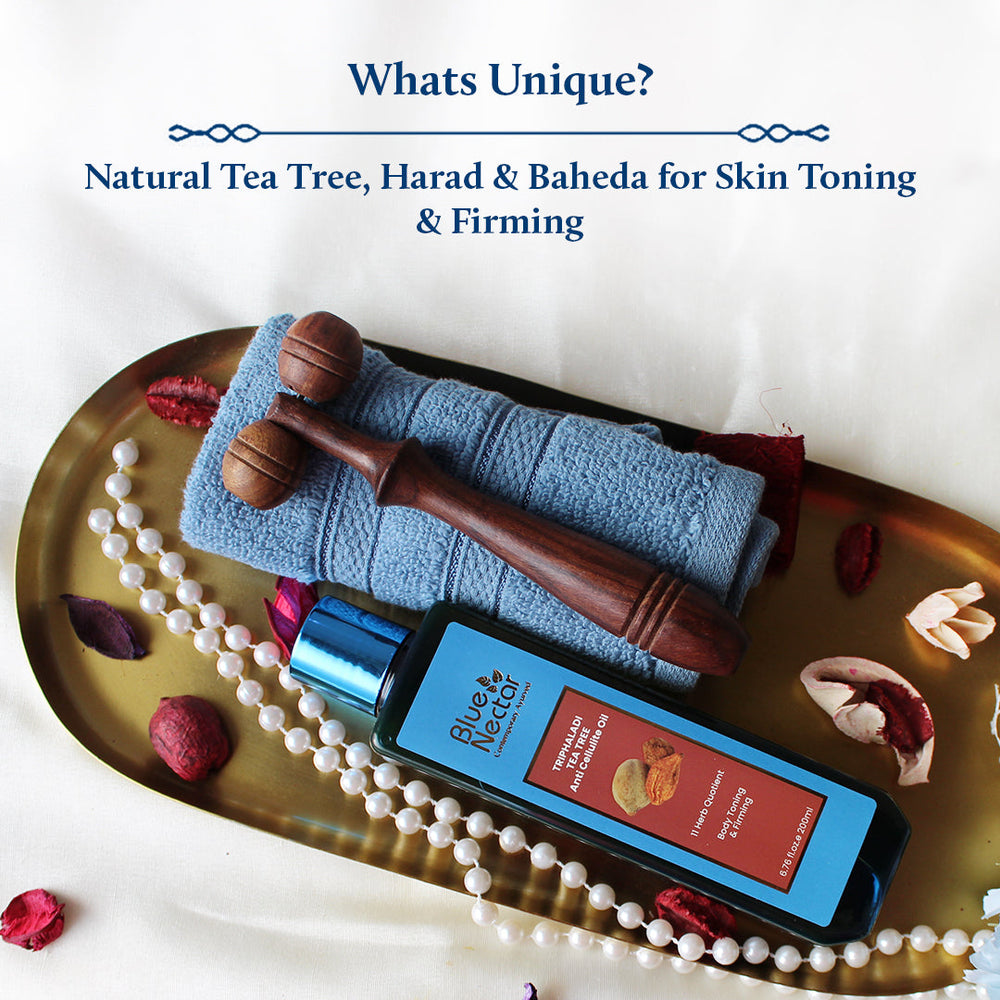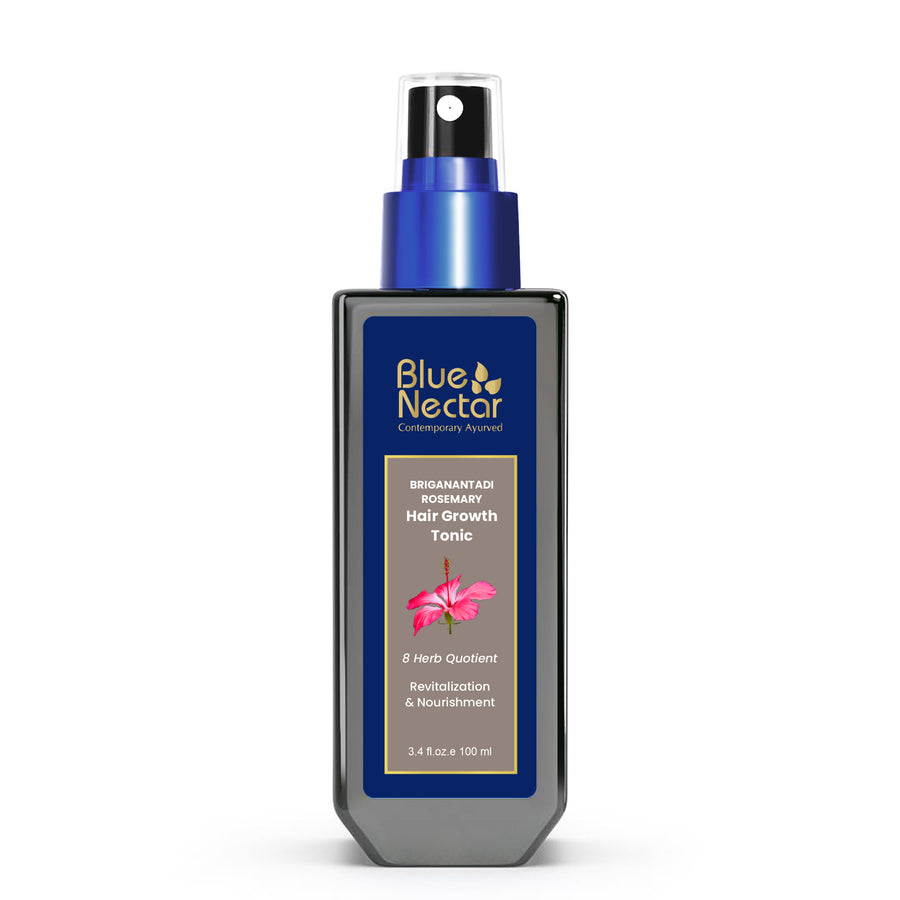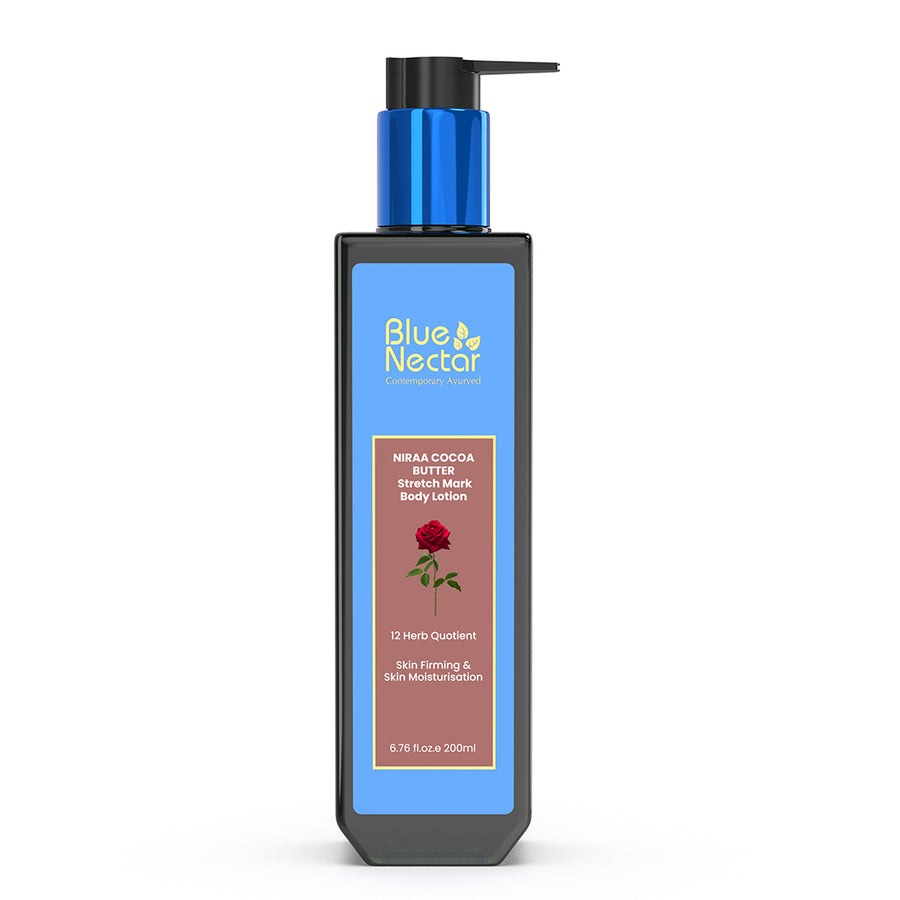What's your Hair Porosity Type?
| Authored by: Nidhi Bisht |
| Reviewed by: Kapil Dhameja |
| Estimated Reading Time: 6 minutes |
What is Hair Porosity?
Hair porosity is the ability of hair to absorb and retain moisture. It could be oil, water, or essential oils. Porosity affects how well oil and moisture pass in and out. Hair porosity is important because it acts as a benchmark for hair care needs and helps determine whether it needs hydration or moisture. Hair porosity then tells us how our hair reacts to various products, ingredients, and moisture, which is important for the growth of healthy hair.

Hair porosity can be considered a guide for hair needs. As human beings, we have different body sizes, shapes, colors, and needs that may not necessarily suit others. The same is the case with hair. Some have high volume, some have shine, some have length. Measuring what hair wants can be determined by hair porosity types. This is very similar to using skin care products based on skin types.
Porosity exists in three levels: low, medium, and high. Every hair has an outer shell of cuticles. These cuticles open and close to absorb moisture and then seal it in, which is required to maintain healthy hair.
Table of Content: |
What are Types of Hair Porosity?
Hair porosity depends on whether cuticles in the hair are open or closed. Remember, there is no good or bad hair porosity. Different hair porosity types require different kinds of hair products.
1. High Hair Porosity: High-porosity hair has an open cuticle layer, which is either raised or damaged, that allows moisture to penetrate quite easily but also escape very quickly. It thrives on heavier creams, butters - shea butter, and oils such as coconut oi and castor oil. High-porosity hair also works well with protein treatments to fill some gaps in the damaged cuticles.
High-porosity hair should be treated with protein treatments that help repair damage caused by the environment. Ingredients like shea butter, coconut oil, or argan oil help in restoring the hair cuticles. As managing hydration and moisture are important factors for hair with high porosity, the most effective treatment is LOC (Liquid, Oil, Cream). Moisturizing hair serums, leave-in creams, and oils like jojoba are best for high-porosity hair.
One of the characteristics of high-porosity hair is frizziness. Therefore, leave-in creams and light-textured hair serums are the best agents to treat high-porosity hair.
2. Medium Hair Porosity: Medium-porosity hair has balanced moisture retention and works well with almost all products but benefits from regular conditioning with elements like aloe vera, glycerin, and moderate proteins.
Medium-porosity hair is considered ideal as it absorbs oil and retains moisture. Aloe vera can be a good source of lightweight hydrating ingredients. Honey adds softness and shine to the hair and also attracts moisture to the hair.
Medium-porosity hair also benefits from the LOC method (Liquid, Oil, Cream), especially in dry and humid weather. Serums containing jojoba and argan oil serve as balanced moisturizing ingredients that keep the hair healthy
3. Low Hair Porosity: Low porosity hair consists of tightly bound cuticles. This hair resists absorption of moisture. It best accommodates lightweight, water-based products and humectants like honey and glycerin applied on damp hair with some heat to let the products penetrate into the hair. Oil for low porosity hair also works very well in such cases. As low-porosity hair resists moisture, one can go with light oils for low porosity hair, such as almond, jojoba or avocado oil.
Low-porosity hair takes longer to absorb moisture as their cuticles are tightly closed, making it difficult for moisture to get in. Oils for low-porosity hair could be batana oil, almond oil, as they can penetrate past through the tight cuticles. Oils for low-porosity hair are generally lightweight.
One way to open hair cuticles is to wash them with warm water. After washing hair with warm water, a leave-in cream and conditioning work best for hair conditioning.
Hair Porosity Test that you can take at Home
To know the porosity of your hair, you do not need to see a trichologist. You can do it from home with just two things: your hair strand and a glass of water A and some patience.

All you'll need:
- A clear glass of room temperature water
- A clean strand of hair
- 3-4 minutes of your time
Instructions are as follows:
Take a clean strand of hair. Use a strand that falls out naturally. Drop the strand in glass of water and observe what happens after 2-4 minutes.
Interpretation of Results:
- If a hair strand floats at the top, it means your hair has low porosity. Your hair cuticles are tightly sealed, making it harder for moisture to penetrate.
- If it floats in the middle, your hair has normal porosity. Your hair is maintaining a good balance of moisture.
- If it sinks to the bottom, your hair has high porosity. Your hair easily absorbs moisture but is not able to retain it for long time
Understanding your porosity can help you identify the kind of hair you have and the kind of care they demand, which requires particular products and treatment that is suitable to the hair type. For low porosity hair, you need something light to be applied in order not to weigh your hair down. For hair with a high porosity, heavy moisturizing treatments should be given. This all leads to knowing your type of hair and what type of treatment it needs. Remember, there is no "good" or "bad" porosity. It is just about providing your hair with what it needs so that it becomes shiny, strong, and voluminous.
FAQs on Hair Porosity
1. Does hair porosity differ between men and women?No, hair porosity does not differ between men and women. It totally depends upon grooming routine, lifestyle habits, genetics, age, and exposure to environmental pollutants.
2. Does hair porosity change with age?
Yes, hair porosity decreases with age as multiple factors are involved: environmental damage, chemical use, aging, and UV effects. As you age, you witness hair loss, hair thinning, graying, and oxidative stress.
3. What are the suitable oils for low-porosity hair?
As low-porosity hair has tight cuticles, oils for low-porosity hair are generally lightweight. Oils for low-porosity hair are as follows:
- Jojoba oil
- Rosemary oil
- Batana oil
- Grape seed oil
- Apricot oil
- Coconut oil
- Almond oil
4. Do I need to use different hair combs for different hair porosities?
Yes, different combs are used for different hair porosities. Low-porosity and high-porosity hair should use a bristle brush, as it will distribute natural oils in high-porosity hair and stimulate the sebum glands in low-porosity hair. Use a wide-tooth comb or fine-tooth comb according to hair density.
Recommended Products by Blue Nectar:
Batana & Almond Leave-In Conditioner for Soft, Smooth, and Manageable Hair (14 Herbs, 200g)
Batana & Almond Hair Oil for Thicker & Fuller Hair (12 Herbs)
Honduras Batana & Almond Hair Serum for Fuller Hair(18 herbs, 50ml)
Rosemary Hair Growth Serum with Plant Based Alternate to Redensyl for Hair Growth (8 Herbs, 100ml)
Rosemary Hair Oil for Hair Growth (9 Herbs)
Related Articles:
Ayurvedic Hair Care - A Complete Guide on Doshas and Hair Treatment
Dos and Don'ts: Tips To Reduce Hair Fall
Rosemary for Hair - Learn from Guru Vayugami
References:
https://www.vogue.in/beauty/content/what-is-hair-porosity-haircare-hair-products-treatments
https://www.mdpi.com/2079-9284/6/2/32
https://www.elle.com/beauty/hair/a32948617/castor-oil-for-hair/





















Hey, I am a 15 years old girl i struggled to my hair fall journey I lost my 200-300 hair in a day. My hair type is low porosity. Please you suggested the best hair oil for my hair.
Leave a comment